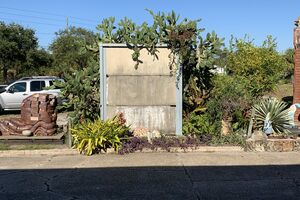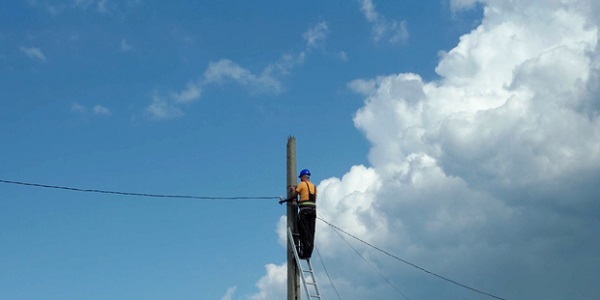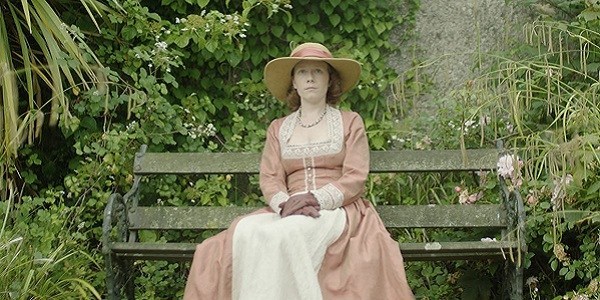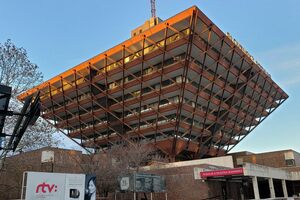Berlin Wall Section in St. Petersburg in St. Petersburg, Florida

Since it was torn down on November 9, 1989, segments of the Berlin Wall have made their way all over the globe, from Singapore to New York, Reykjavik, Culver City, Las Vegas, Seattle, and, though few seem to be aware of it, St. Petersburg, Florida. These slabs, which come from the eastern side of the wall, now stand outside the Morean Center for Clay.
Their presence is the legacy of Jay Goulde, founder of St. Petersburg’s Outdoor Arts Foundation, which installed public art, including fiberglass manatees and elephants, around the city. In 2007, the foundation purchased what was believed to be the largest private collection of Berlin Wall pieces in the world, with the goal of selling pieces for public display in towns and cities across North America and giving pieces to artists to transform. While many of these ambitions did not come to pass, several pieces of the wall were placed on permanent display at St. Petersburg Clay, which was later absorbed by the Morean Center for Clay.
Today, these three sections remain outside the center alongside several working kilns, in the shadow, appropriately, of a historically significant structure that has also undergone a creative transformation. The Center occupies what was once the Seaboard Train Station. Built in 1926, it has retained most of its original structure and much of the interior as well (including the names of the various depot clients in grease marker on the brick walls). With roughly a dozen artists’ studios, classes seven days a week, 20 kilns, and vast square footage, it has become one of the largest clay centers in the United States.





